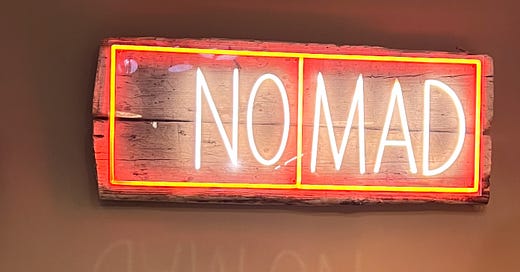At the end of January, right before my trip to Morocco, I was reading “The Road Back To You” by Ian Morgan Cron and Suzanne Stabile.
If you’ve never heard of it, “The Road Back To You” is a book about the enneagram. If you’ve never heard of the enneagram, it’s a system of personality typing, said to be used - in some form - for centuries.
Before my trip,
I would have told you that my trip to Morocco and the book I was reading had nothing in common. But now, I’m not so sure. I don’t think it was a coincidence.
My trip to Morocco led and curated by Kirsten Dickerson, one half of the duo that makes up Artist & Nomad - a nonprofit whose mission is “to create experiences that invite you to embrace wonder, rest, creativity, and play.” Kirsten has a beautiful eye for design, a heart for social enterprise, and incredible relationships with people from all over the world. These things in tandem make for a transformative, albeit a whirlwind, trip.
During our time in Morocco we visited Marrakech and Fes. We marveled at the incredible architecture (Fes is like stepping back in time).
We ate (too much) delicious food.
We drank copious amounts of mint tea.
We took coffee wherever and whenever we could find it.
We roamed the cobbled streets of the medina and the souk, dodging motorcycles and catcalls.
We visited artisans and nonprofits in both Marrakech and Fes that are changing the lives of women and girls all across Morocco.
We fell in love with textiles and tastes and smells.
We practiced the few Arabic phrases we knew, seeking connection.
We learned from women, the language of sisterhood needing no translation.

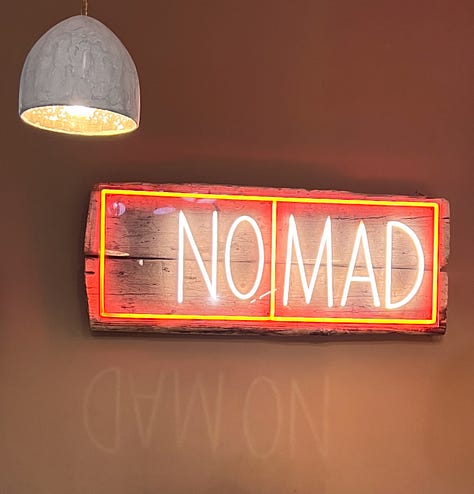

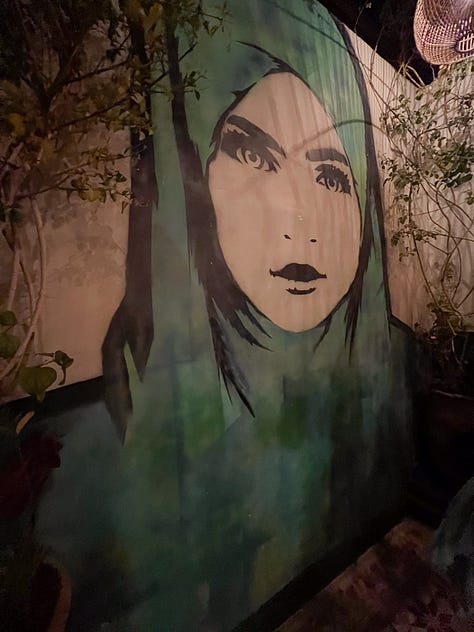
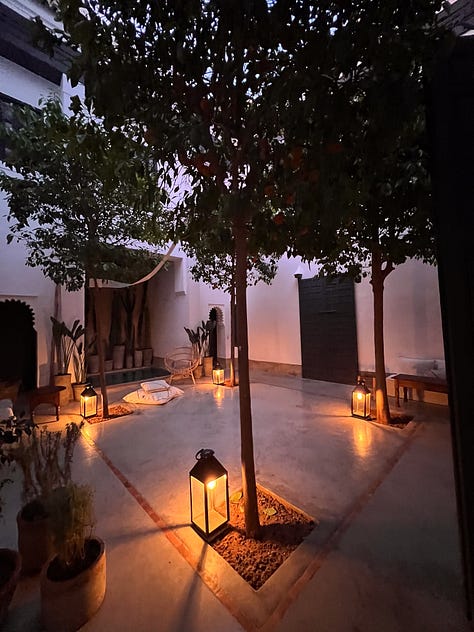
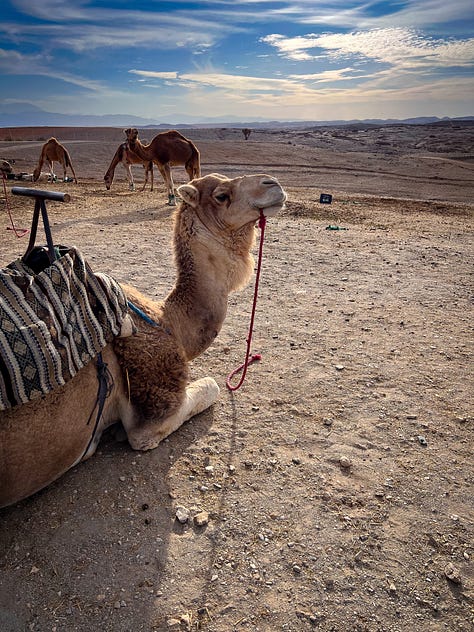
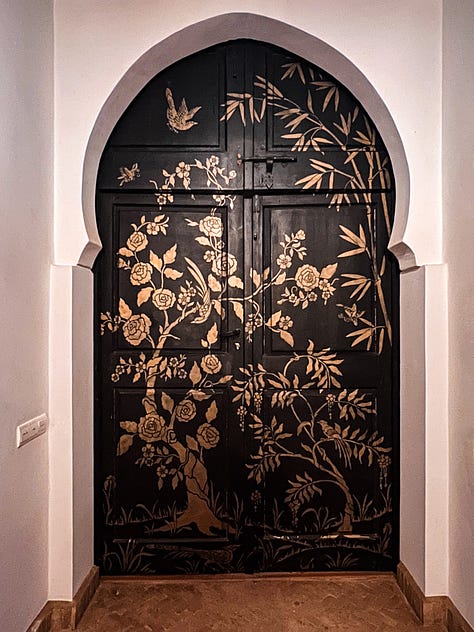
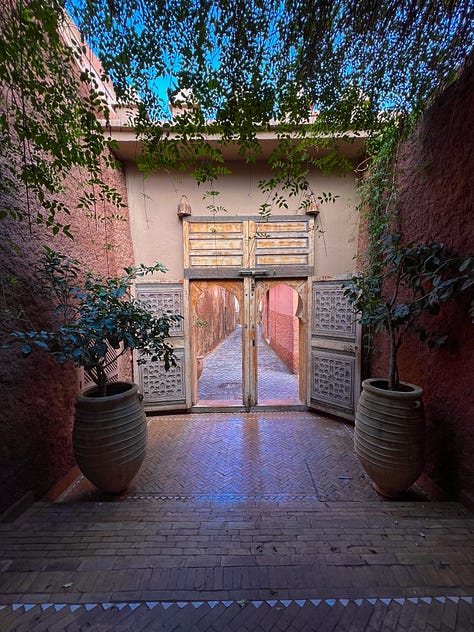
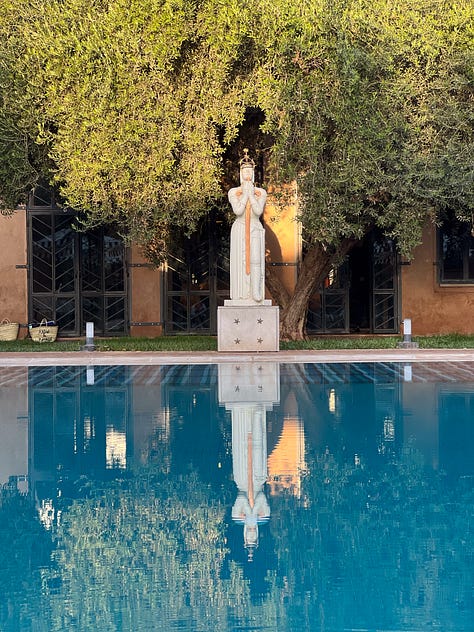
This was my second time visiting northern Africa, and I don’t think it's overstating it to say that both of those trips changed my life. There is a depth and a mystery that exists in that part of the world which I can’t describe, other than to say that if you allow yourself to be present, it will envelope you and liberate you.
So what do Morocco and The Road Back to You have in common? Well, I had no idea, but there were eight total women on this trip and all of them were plugged into the enneagram. One woman in particular (she’s my birthday twin, in fact THREE of us found out we share the same birthday. CRAZY!) had done extensive training on the enneagram and would often facilitate discussions about it with our group.
I’ve known about the enneagram for years, I’ve even known my type for quite some time, but itt was so far off my radar. Why I chose to pick up The Road Back to You was (isn’t really anymore) a mystery.
Our discussions while on this trip together enabled us to get to know each other on a deeper level, and even have conversations about subjects we may not have broached otherwise.
My favorite thing about the enneagram (take this with a grain of salt because I’m not an expert) is that it forces you to confront your weaknesses. It requires reflection. It’s also very much up for interpretation, which is what I think makes it so fascinating. Because of this, it’s a tool that can actually be used both personally and relationally.
There is no one definitive test. You get to choose.
The basis is that everyone holds all 9 types within them and so we are all capable of being each type. It’s easy to go through the positives of each type because you’ll probably see yourself reflected in multiples. Which is awesome!
Less awesome feeling is seeing yourself reflected in the unhealth and dysfunction of each type. And this is where you find your type. When you hit on something that rings so uncomfortably true that you feel like you want to turn away? That’s probably your reflection.
I’m a type 2. Called “The Helper”. And while I certainly identify with the healthy side of 2’s (loving, generous, altruistic, passionate), it was actually identifying myself in the dysfunction of 2’s that solidified it for me. 2’s that are unhealthy can be manipulative, self-congratulatory, enabling, and jealous.
Even writing those words is painful and extremely vulnerable.
Talking about the enneagram on this trip was a lovely way to get to know my travel companions better, but it was also an important metaphor for travel and an important lesson on the ability to extend grace, understanding, and kindness in our interactions.
We are not all the same. In an already highly individualistic culture, I feel like that’s not a surprise. But we are also not so completely unique or different that others can’t identify with or understand us. It can be tempting to fall into either of these camps instead of walking the tightrope of tension that humanity often requires.
Knowing ourselves is an integral part of knowing others. If we aren’t sure of our own motivations or intentions, how are we supposed to move through the world with confidence and integrity? There is security and liberation that comes with a healthy dose of introspection.
The more I travel, the more I see, in real time, the existence of tension. I think we’re highly predisposed to think of tension as conflict, but it doesn’t have to be. Tension, in this context at least, is two or more things existing in the same space at the same time.
I’ve noticed that in the West, we tend to have very polarized views. Things are often either/or, not both/and.
But travel has opened so much of my mind and my heart to the idea that humans are incredibly versatile creatures, all created in the image of God. And it is with that knowledge that tension becomes a little less scary. We can see, in others, the beauty and glory of the divine.
Like the enneagram, none of us are just one thing. We contain multitudes, because we carry all of the majesty of creation within us. We are capable of so much more than we allow within the confines of our world.

